
It is important to implement reading centers in your classroom every single day. Literacy centers can vary based on grade level, classroom needs, etc., but the one thing that is important is that students are working diligently to gain reading skills while staying engaged the entire time.
Today, I wanted to talk about my close reading station.
My Simple Literacy Centers
Before we get into close reading, I wanted to show you my other centers, so you can get an idea of how they run.
In my third grade classroom, I do 5 centers. My students visit every center each week, so we are doing one center a day. I typically do about 20-30 minutes of centers daily.
- Meet the Teacher– This is where we do guided reading! Head to this blog post to read about how I teach guided reading.
- Word Work– Students are working on vocabulary or spelling words. Head to this blog post to read about word work.
- Listen to Reading/Read with a Partner– Each week we switch back and forth between these two centers. For listen to reading, students read books on EPIC. For read with a partner, they read with a partner. 😉
- Google Classroom Station– This is a station where students are working on the reading skill that we are learning that week. They go through a Google Classroom assignment that reteaches them the skill electronically, gives them highly engaging practice assignments, and then has a quick assessment. Head here to check those out!
- Close Reading– This is what we are here to talk about today!
I changed two of the typical stations. I am not doing work on writing because I have started to notice that my students are losing engagement in writing because honestly they are BURNT.OUT. We have a writing block where we are doing structured writing and right before we start morning meeting we do a fun writing activity, plus we are just writing all day. So, I decided to give them a break with writing.
I also moved my read to self to a separate time. I personally notice that students had a hard time really getting into books and focusing on them when other students were in stations. I want them to find novels that they really love and read the entire time, but that wasn’t happening when they saw their friends having fun in word work and so forth.
Close Reading Center
What are students doing?
Every time students visit this center they are completing one close reading activity that works on the standard that we learned that week and one activity that is reviewing a previous standard.
Grab this FREE sample of the close reading that I use for this center here!
Here are the steps I teach them:
- Read the first short story one time by yourself.
- Then, with a partner that is in that same station, you can read it a second time together.
- Read the questions and then go through and read it a third time highlighting any of the answers that you see.
- Answer the questions using text evidence.
- Discuss your answers with that same partner.
- Complete the second story on your own and turn it in.
**I use these close reading paragraphs of the day as the options for my students**
Why two stories?
I choose to use extremely short stories to keep their engagement, but also have them really focus hard on the skill. For practice, I don’t want them to get overwhelmed by the text. So, with the stories being so short it doesn’t take them the entire time to complete one.
They use the skill that we are just now learning with a partner because they are not at mastery yet. Then, they read a story with a skill we have mastered on their own.
Why close reading?
Sonja Cherry-Paul and Dana Johansen are classroom teachers and the authors of Teaching Interpretation: Using Text-Based Evidence to Construct Meaning. They are educational consultants, presenters, and doctoral students at Teachers College, Columbia University. Their take on close reading is exactly why I use close reading in my classroom.
They state, “Close reading is a life skill, not a reading strategy confined to the classroom. As adults, we do close reading every day. We slow down to reread certain emails, advertisements, maps, and articles. We do this in order to gain important information, interpret a message, and reflect. In our classrooms, we want our students to become lifelong readers who do not allow text to simply wash over them. We see close reading as an opportunity to contour our teaching to provide strategies for examining texts in ways that help readers to interpret them and to understand the author’s intent.
Close reading is the detective work our students do as they read. They look for clues, gather evidence, and ask questions.”
Why partners?
I want students to work together at some point throughout each center. They don’t have to spend the entire center together, but social interaction is an important skill.
“Johnson and Johnson (1981) found that social interaction is used to increase productivity and achievement, and the use of more than one language system (reading, writing, and discussion) are also important elements of an effective center.”
I want students to read and discuss the reading while writing and thinking about the reading.
Engagement Techniques
One main point in every center is that students are engaged. You are working with students and do not want to be interrupted. If students are not engaged in the activity that you give them, they will not be successful.
*Highly Engaging Close Reading Topics– Each week I make sure to choose a topic that is engaging to the kiddos and one that they want to read about. I pick a themed topic from the month that they enjoy.
*Choice of Practice Skill Reading– You can add in a choice for students by giving them a few different close reads to choose from when it comes to the practice skill they are doing on their own. I give my students two choices, this way they feel in control and they are also picking something that is most engaging to them.
*Fun Highlighters- I have highlighters to highlight their text evidence that ONLY get used during this station. I sometimes put in the smelly markers (affiliate link here) for students to add EXTRA engagement.
*Partners– Friends make everything more engaging, enough said. 🙂
*Seating Choice– Students can do this close reading anywhere in the classroom. They can lay down, stand up, sit, etc. This just adds to choice and engagement.
Close Reading Tips
*Have students grade themselves on the one that they do with a partner by leaving the answer key in the bin. Then they can discuss with that partner why they were right or wrong.
*You can give different students different reading assignments. I will give a second-grade option for my lower kiddos and a fourth-grade option for my enrichment kiddos to differentiate the instruction.
*Use the one they do alone as a quick assessment to see if students need to review topics. I will grade that close reading assignment and then I will do one on one interventions with anyone that seems to have missed the skill.
*If students complete the assignment early then you can add in some read-to-self time until the station is over.
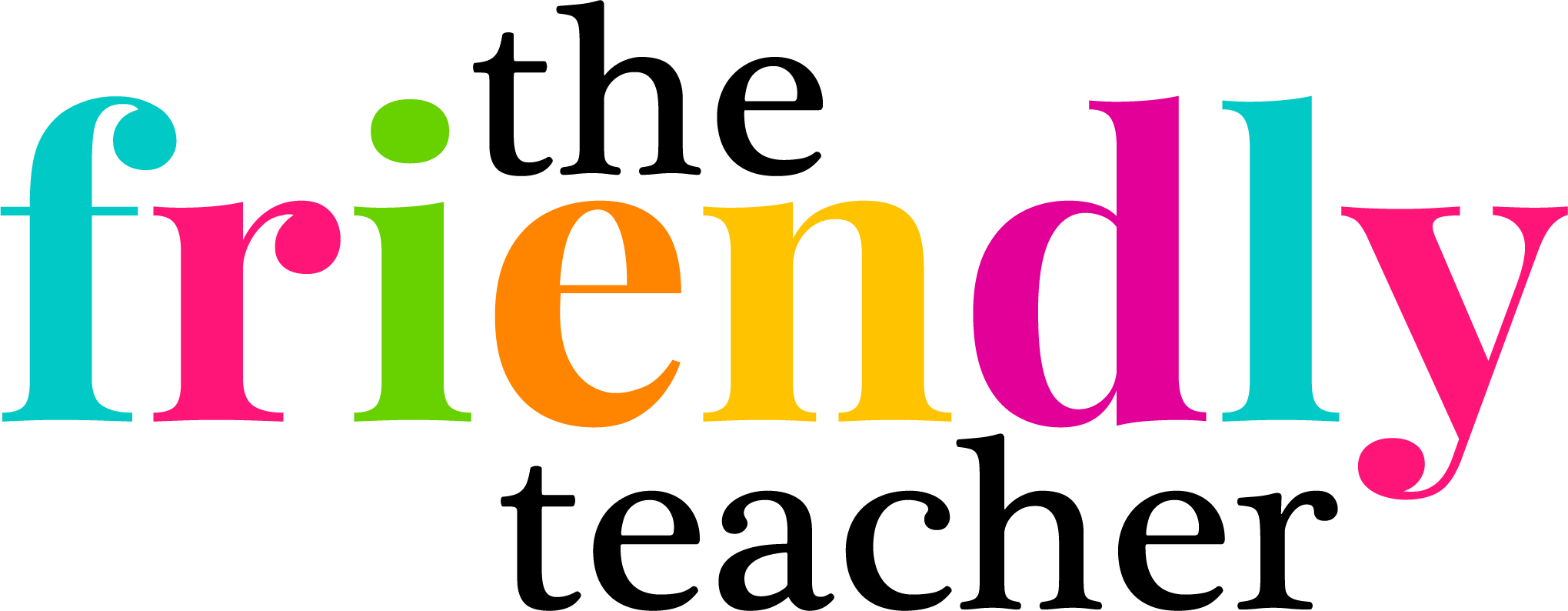






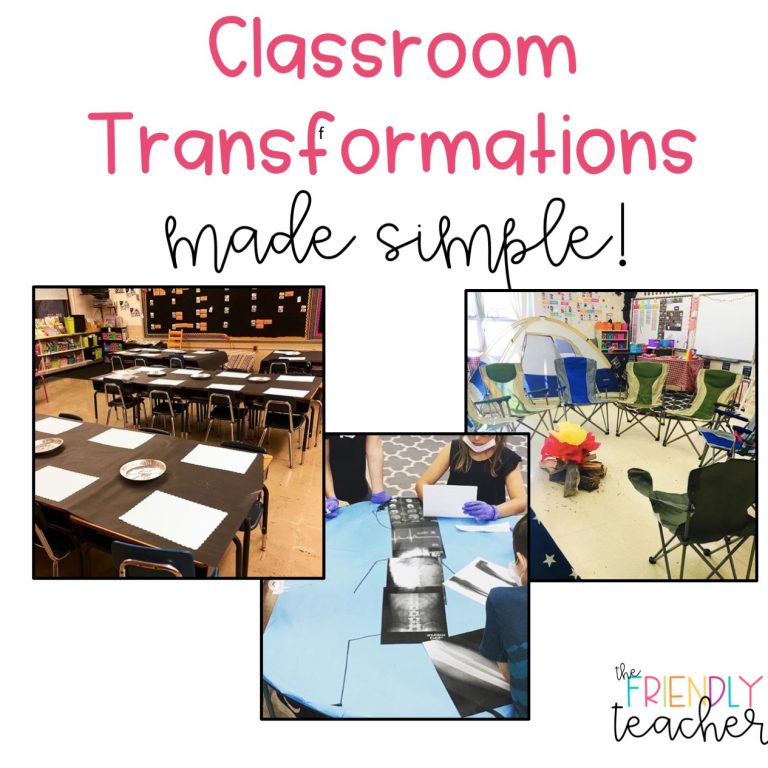

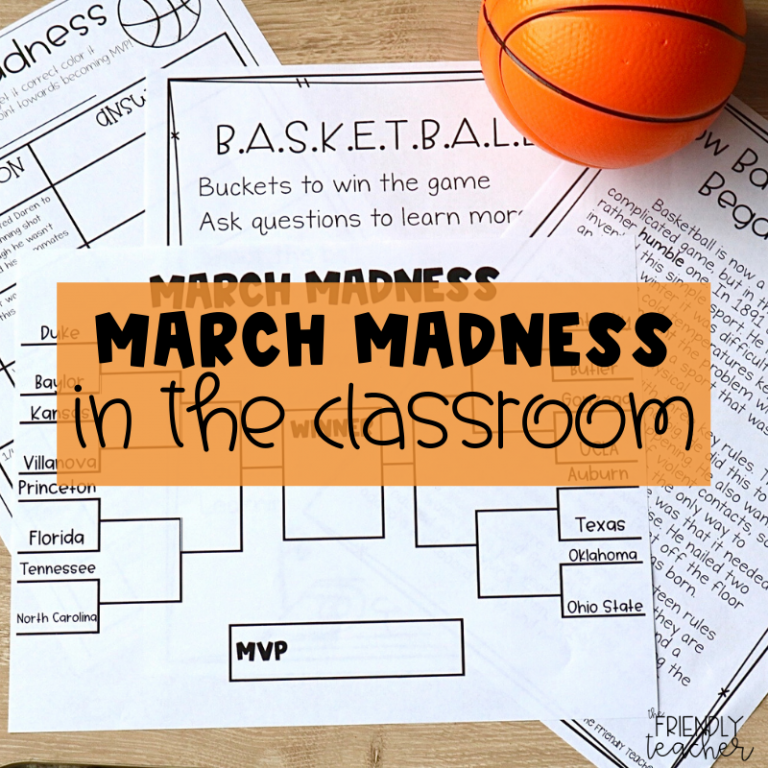
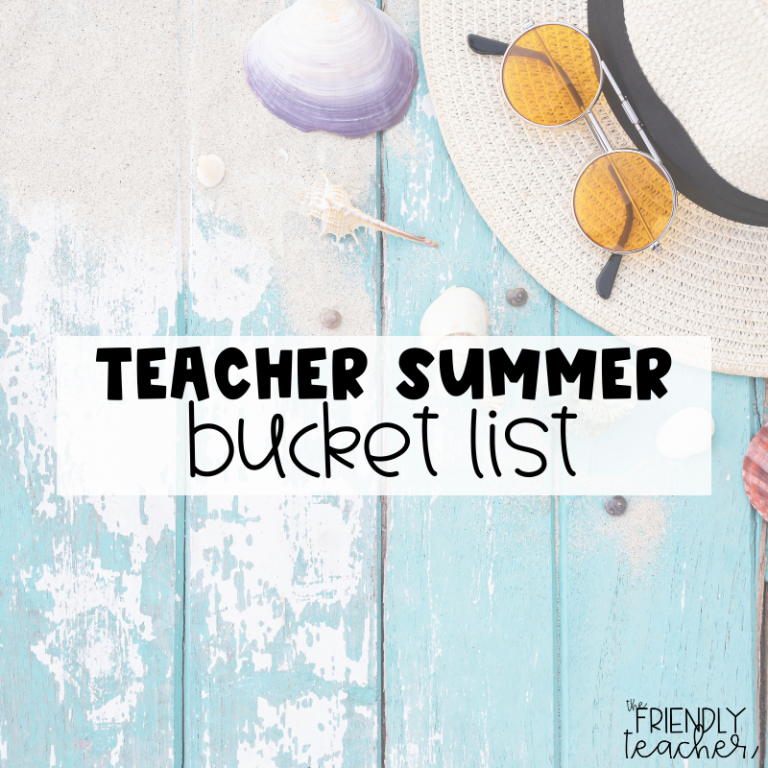
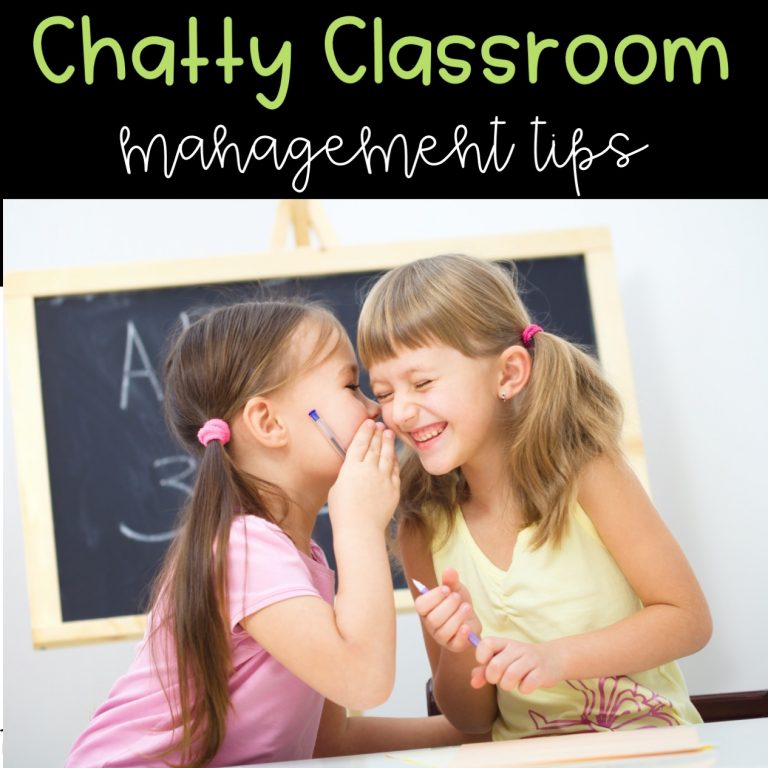
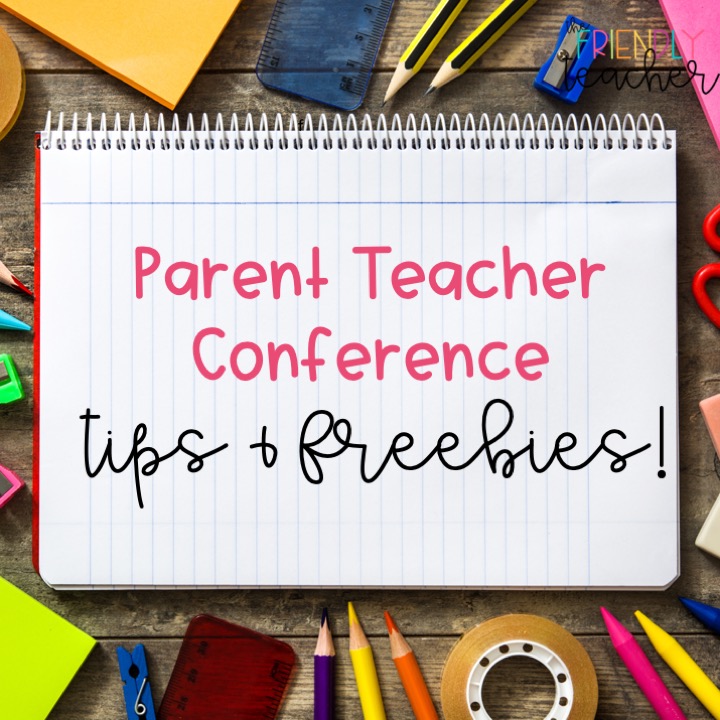
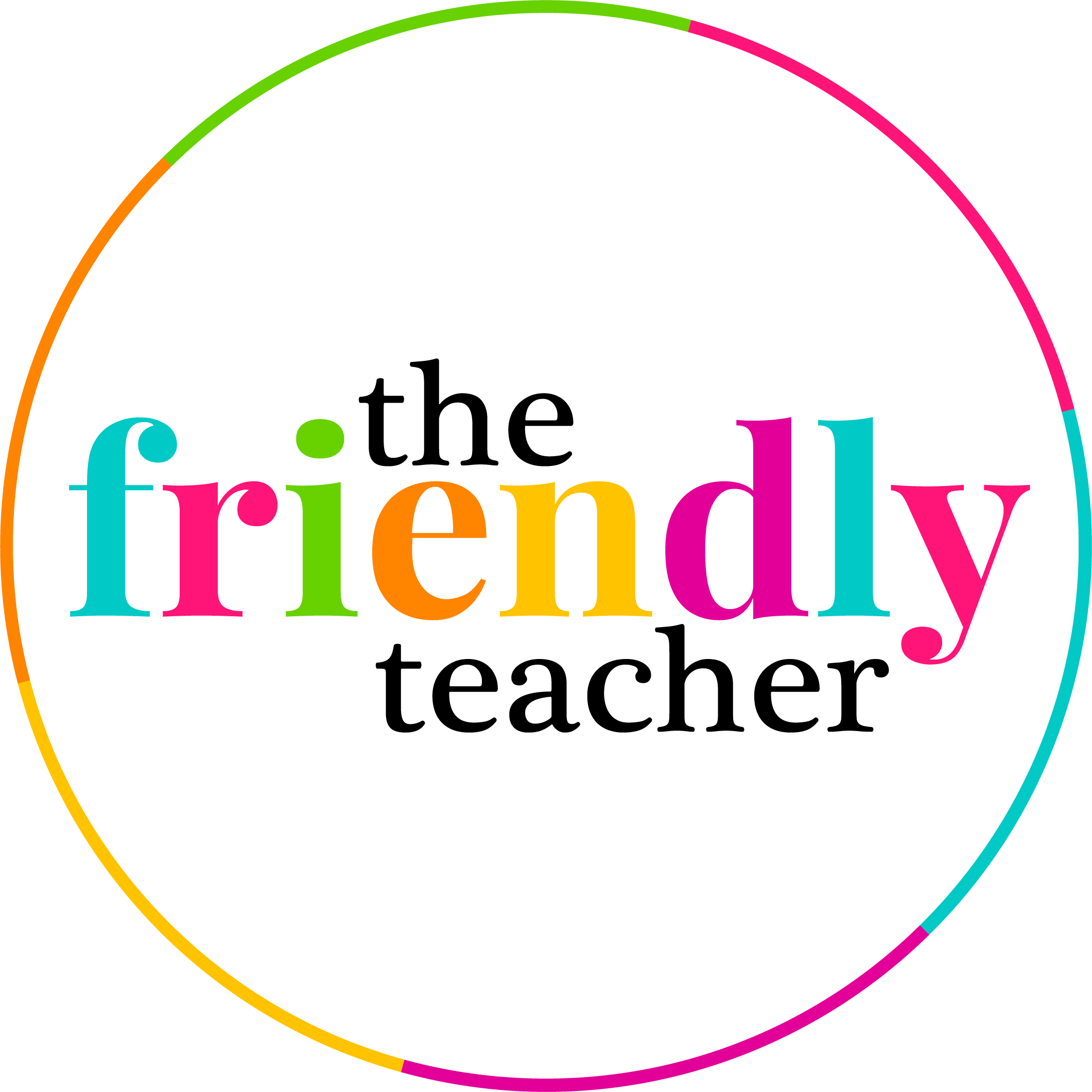
Hannah Wilde
I am so glad you’re here! I love helping 3rd-5th grade teachers by providing ideas, engaging resources, and professional development they need. I am a literacy coach who is here to help lessen the workload for teachers while making them more confident! I want students to be continually engaged in a rigorous environment!